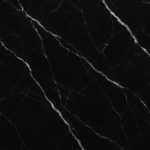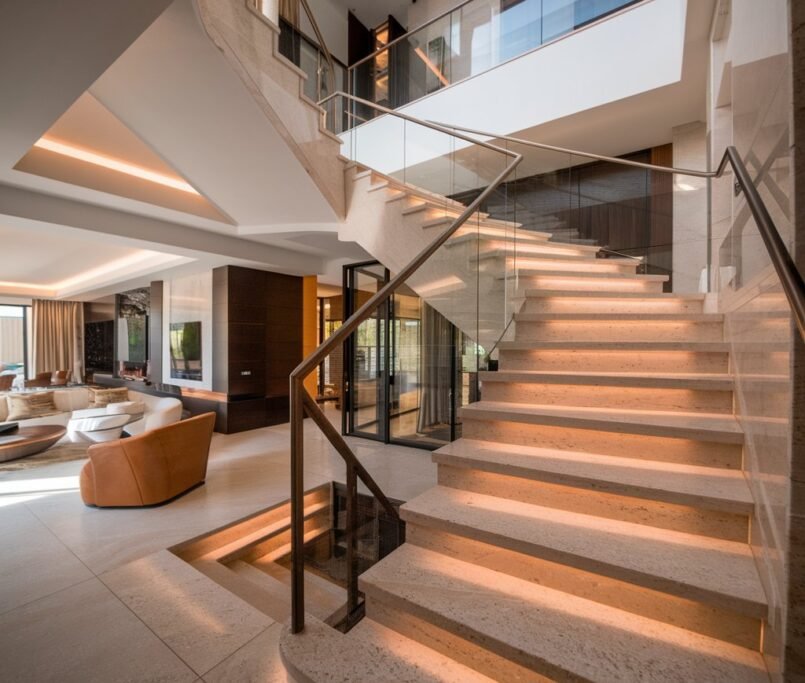The Importance of Marble Waterproof and Sealing Marble Surfaces in 2025
The Importance of Marble Waterproof and Sealing Marble Surfaces
Marble is a timeless and elegant natural stone that has been a favourite for architects, designers, and homeowners for centuries. Its stunning appearance and versatility make it a popular choice for countertops, floors, walls, and other decorative elements. However, marble is a porous material, which means it is susceptible to damage from water, stains, and environmental factors. To preserve its beauty and durability, it is essential to apply proper waterproofing and sealing treatments.

Why Marble Waterproof is crucial?
Marble, like other natural stones, has tiny pores that can absorb liquids and moisture. If left unprotected, water and acidic substances can seep into these pores, leading to discoloration, etching, and structural damage over time. Waterproofing and sealing create a protective barrier that prevents these issues and ensures the longevity of your marble surfaces.
Benefits of Sealing Marble
- Stain Resistance: Sealing marble makes it resistant to stains caused by spills of coffee, wine, oil, and other substances.
- Water Resistance: It protects the stone from water damage, reducing the risk of mold and mildew growth.
- Ease of Maintenance: Sealed marble is easier to clean and maintain, as spills can be wiped away without leaving marks.
- Enhanced Appearance: Some sealers can enhance the color and texture of marble, making it look more vibrant and polished.
- Longevity: Regular sealing extends the lifespan of marble surfaces, saving you from costly repairs and replacements.
How to Waterproof and Seal Marble
The process of waterproofing and sealing marble involves several steps:

- Clean the Surface: Before applying any sealer, ensure the marble surface is clean and free of dirt, dust, and old sealers. Use a mild detergent and water to scrub the surface, and let it dry completely.
- Choose the Right Sealer: There are two main types of marble sealers:
- Topical Sealers: These form a protective layer on the surface of the marble. They are easier to apply but may need to be reapplied more frequently.
- Impregnating Sealers: These penetrate the marble pores and provide deeper protection. They are more durable and long-lasting.
- Apply the Sealer: Follow the manufacturer’s instructions to apply the sealer evenly using a clean cloth or sponge. Make sure to cover the entire surface without leaving any streaks or excess product.
- Allow to Dry: Let the sealer dry completely according to the instructions, which may take several hours or overnight.
- Test the Surface: After the sealer has dried, perform a water drop test to ensure the surface is properly sealed. If water beads up and rolls off, the sealer is effective.
- Regular Maintenance: Reapply the sealer as recommended by the manufacturer, usually every 1-5 years, depending on the type of sealer and usage of the surface.
Tips for Maintaining Sealed Marble
- Avoid using harsh chemicals or abrasive cleaners, as they can damage the sealer and the marble.
- Wipe up spills immediately to prevent them from penetrating the surface.
- Use coasters, mats, and trivets under glasses, bottles, and hot dishes to protect the marble from heat and moisture.
Conclusion
Waterproofing and sealing marble is a simple yet effective way to protect your investment and keep your surfaces looking their best. By following the proper techniques and using high-quality products, you can enjoy the beauty and elegance of marble for years to come.












